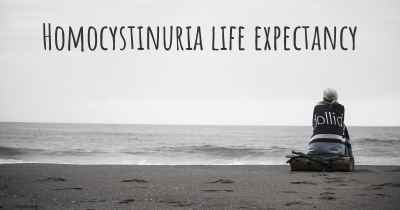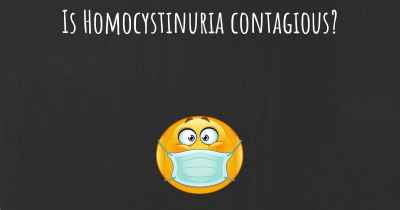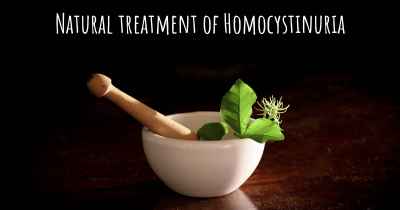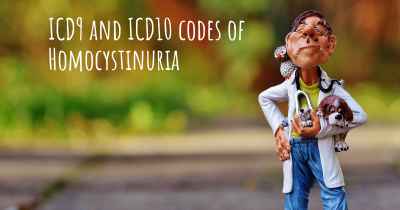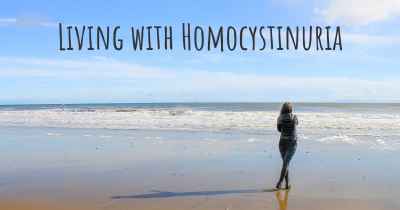Homocystinuria diet. Is there a diet which improves the quality of life of people with Homocystinuria?
Are you aware of a diet that can improve the quality of life of people with Homocystinuria? Is there a diet that is suggested to avoid when having Homocystinuria? See if there is a diet that can improve the quality of life of people with Homocystinuria, recommended and to avoid food when having Homocystinuria
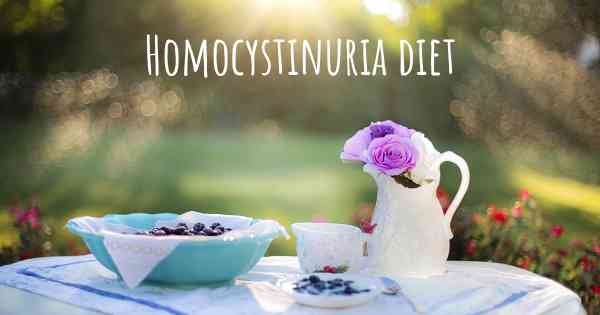
Homocystinuria Diet: Improving Quality of Life
Homocystinuria is a rare genetic disorder that affects the body's ability to break down certain amino acids, leading to the accumulation of homocysteine in the blood and urine. This condition can cause various health problems, including cardiovascular issues, skeletal abnormalities, and intellectual disabilities. While there is no cure for homocystinuria, a carefully planned diet can significantly improve the quality of life for individuals with this condition.
The Role of Diet in Homocystinuria
Diet plays a crucial role in managing homocystinuria by controlling the intake of certain amino acids and promoting the metabolism of homocysteine. The primary dietary goals for individuals with homocystinuria are:
- Reducing methionine intake: Methionine is an amino acid that is normally found in protein-rich foods. However, individuals with homocystinuria have difficulty metabolizing methionine, leading to its accumulation. Therefore, it is important to limit methionine intake in the diet.
- Increasing cysteine intake: Cysteine is another amino acid that can help metabolize homocysteine. By increasing cysteine intake, the body can convert homocysteine into a less harmful substance.
- Supplementing with vitamins and cofactors: Certain vitamins and cofactors, such as vitamin B6, vitamin B12, folate, and betaine, can aid in the metabolism of homocysteine. These supplements are often prescribed to individuals with homocystinuria to support their dietary management.
Recommended Foods
When planning a diet for homocystinuria, it is important to focus on foods that are low in methionine and high in cysteine. Some recommended foods include:
- Fruits and vegetables: Most fruits and vegetables are naturally low in methionine and can be consumed freely. They also provide essential vitamins and minerals.
- Grains and cereals: Whole grains, such as rice, oats, and wheat, are generally low in methionine and can be included in the diet. However, portion sizes should be controlled to avoid excessive methionine intake.
- Dairy alternatives: Milk and dairy products are high in methionine, so individuals with homocystinuria should opt for low-protein or protein-free alternatives, such as soy milk or rice milk.
- Legumes and pulses: Beans, lentils, and other legumes are excellent sources of protein that are low in methionine and high in cysteine. They can be included in the diet to meet the body's protein requirements.
- Low-protein bread and pasta: Special low-protein bread and pasta products are available for individuals with homocystinuria. These products are made with modified ingredients to reduce methionine content.
Dietary Restrictions
While it is important to limit methionine intake, it is equally crucial to ensure adequate protein intake for growth and development. Therefore, individuals with homocystinuria may need to work closely with a registered dietitian to determine their specific protein requirements and adjust their diet accordingly. In some cases, medical formulas or protein substitutes may be recommended to meet nutritional needs.
Monitoring and Support
Regular monitoring of blood homocysteine levels is essential to assess the effectiveness of the diet and make necessary adjustments. Individuals with homocystinuria should also receive ongoing support from a multidisciplinary healthcare team, including a metabolic specialist, dietitian, and genetic counselor. This team can provide guidance, education, and emotional support to help individuals and their families manage the challenges associated with homocystinuria.
Conclusion
A well-planned diet plays a vital role in improving the quality of life for individuals with homocystinuria. By reducing methionine intake, increasing cysteine intake, and supplementing with necessary vitamins and cofactors, individuals can better manage their condition and minimize the associated health risks. It is important to work closely with healthcare professionals to develop an individualized diet plan that meets nutritional needs while controlling the accumulation of homocysteine.
